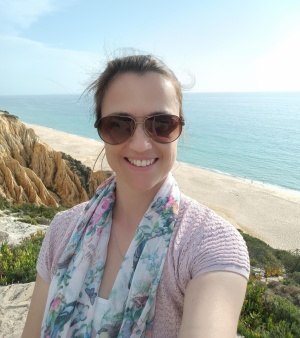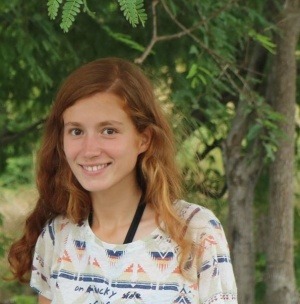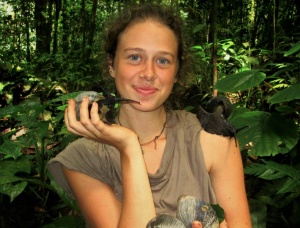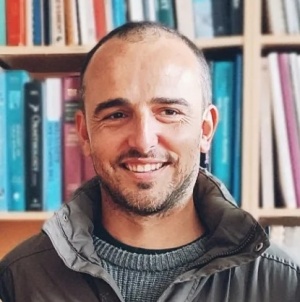Soares, F.C., Panisi, M., Sampaio, H., Soares, E., Santana, A., Buchanan, G.M., Leal, A.I., Palmeirim, J.M. & de Lima, R.F. (2020) Land-use intensification promotes non-native species in a tropical island bird assemblage.
Animal Conservation,
23(5), 573-584. DOI:10.1111/acv.12568 (IF2020 3,650; Q1 Biodiversity Conservation)
Habitat loss and non-native species are two key drivers of biodiversity decline. The importance of their interactions is widely recognized, but remains poorly understood. We used the endemic-rich bird assemblage of São Tomé Island to study this type of interactions. We built species-specific binomial generalized linear models for 33 terrestrial bird species, based on presence–absence data from 2398 sampling points. Meta-analysis techniques revealed that land use was more important in explaining distribution than topographic variables, rainfall, or distance to coast for the studied bird species. Native species were more likely to occur in remote rainy forests at higher altitudes, whereas non-native species were more likely to occur in non-forested ecosystems, being associated with humanized lowland areas in the drier flat regions of São Tomé. The susceptibility of anthropogenic ecosystems to the establishment of non-native birds suggests that disturbance favours these species. An analysis of species feeding guilds further suggests that these habitat associations might be linked to resource availability, as a large proportion of non-native species rely on seeds, which are clearly more available outside the best-preserved forests. Contrarily, very few native birds seem to be using this resource, and instead rely on more complex ecological interaction, such as carnivory and frugivory. This difference may reduce the chance of negative interactions between native and non-native species (e.g. competition), but this should not be misunderstood for a lack of negative effects of the latter. Our results indicate that land-use intensification is the key driver of biodiversity changes on São Tomé, potentially facilitating the expansion of non-native species and demoting ecological complexity. Therefore, protecting the best-preserved forests is the single most important measure to ensure the conservation of native species.





